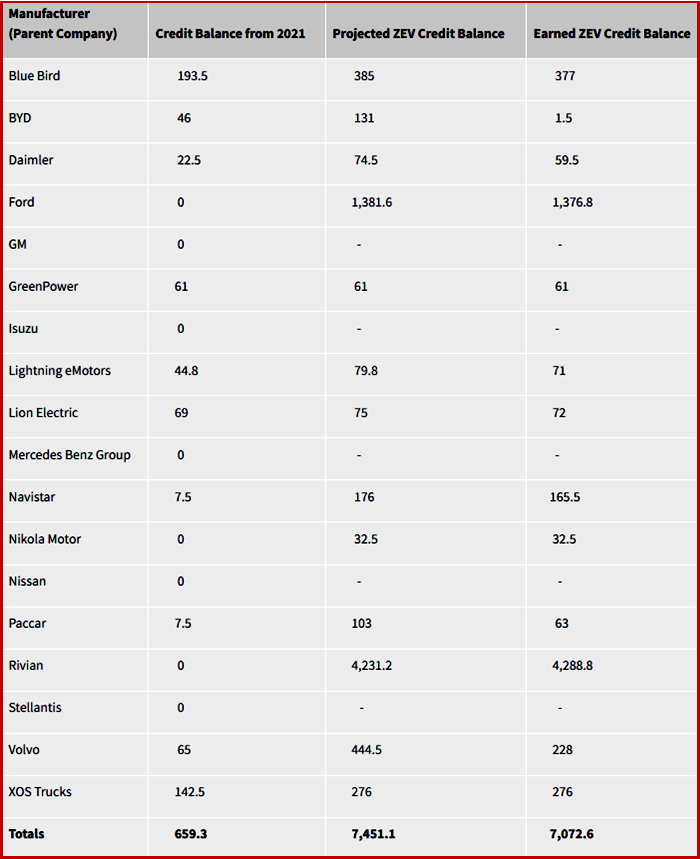Click for more clean air.
The trucking sector is essential to reaching California’s clean air targets. Trucks are only 6% of the vehicles on California’s roads,. However, they account for more than 35% of the state’s transportation-generated nitrogen oxide emissions and a quarter of the state’s on-road greenhouse gas emissions. California communities that sit near trucking corridors and warehouse locations with heavy truck traffic, which often are low-income and communities of color, have some of the worst air in the nation.
To make certain that the needed technology will be available to meet upcoming milestones, CARB and the nation’s leading truck and engine companies recently signed the Clean Truck Partnership, which commits participating manufacturers to meeting California’s vehicle standards, regardless of whether any other entity challenges California’s authority to set more stringent emissions standards under the federal Clean Air Act. In turn, CARB has agreed to work collaboratively with manufacturers to meet CARB’s requirements.
In April, CARB also approved an Advanced Clean Fleets rule that adds to its previous sales requirement by requiring that medium- and heavy-duty fleets start a phased-in transition toward the use of zero-emissions options. The rule applies to fleets that are appropriate for electrification, including public fleets, drayage trucks that operate at ports and railyards, and other fleets from companies or entities with $50 million in revenue or with 50 or more trucks.
The Advanced Clean Fleets rule provides an additional coordinated impetus for new zero-emissions sales in the market, bolstering the emerging sales trends, in CARB’s enlightened view. Due to the impact that truck traffic has on residents living near heavily traveled corridors, drayage trucks will need to be zero-emissions by 2035. All other fleet owners will have the option to transition a percentage of their vehicles to meet expected zero-emissions milestones, which gives owners the flexibility to continue operating combustion-powered vehicles as needed during the move toward cleaner technology, CARB said.


